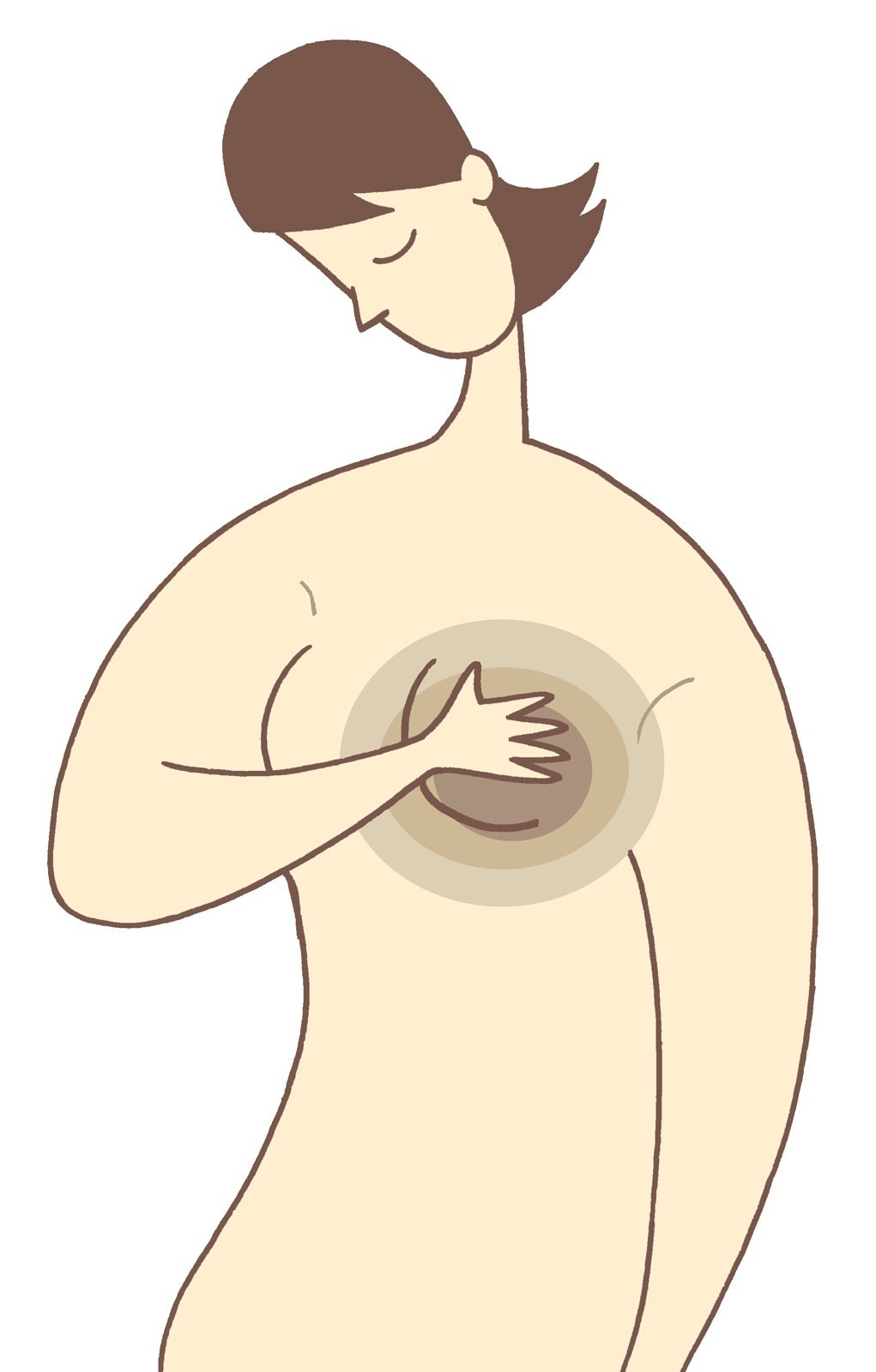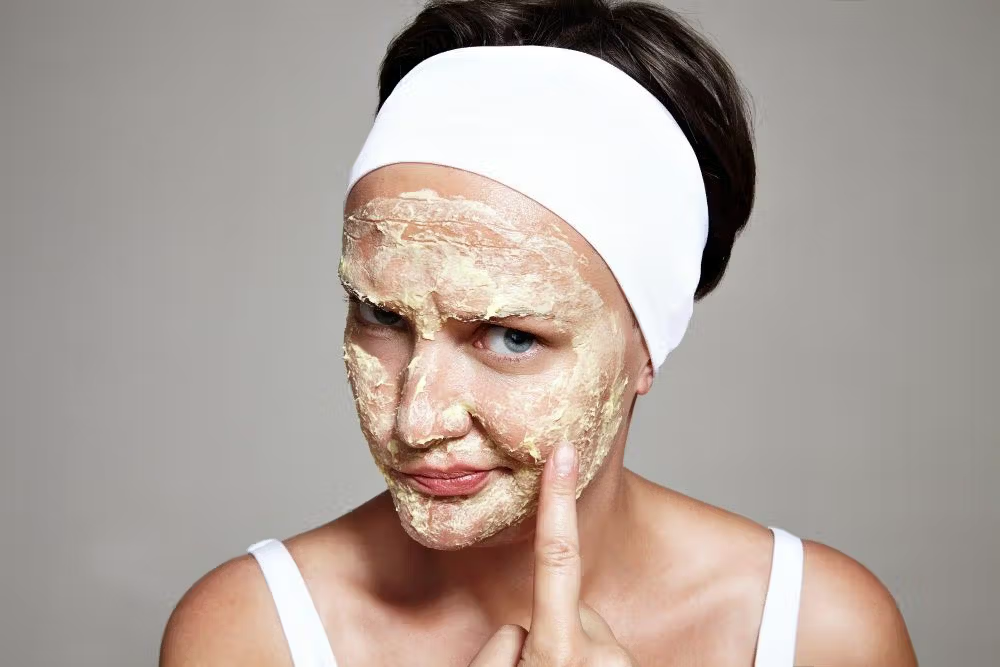Introduction
Keeping an eye on our health can feel like an overwhelming task, but breast self-examinations (BSE) offer a quick, easy way to stay in tune with our bodies. You might be asking, “Is it really necessary to do a self-exam every month?” The short answer is yes! Performing regular breast self-exams can help you detect early changes and understand what’s normal for you, and it’s an empowering step toward proactive healthcare.

Benefits of Performing Regular Breast Self-Exams
There are some significant benefits to regularly performing breast self-exams, such as:
- Early Detection: Self-exams can help you notice lumps or changes that weren’t there before. The earlier these are caught, the better your chances for a good outcome.
- Body Awareness: By becoming familiar with the natural structure and feel of your breasts, you’ll notice changes right away.
- Confidence in Health: Knowing you’re monitoring your health gives you peace of mind and control.
When to Perform a Breast Self-Examination
Choosing the right time is key. If you’re menstruating, the best time for a breast self-exam is usually a few days after your period ends, when breasts are less tender. For post-menopausal women, choose a consistent day each month. Setting a monthly reminder can help make this a regular practice.
Preparing for a Breast Self-Exam
Pick a comfortable, private space, ideally with a mirror nearby. You’ll want to be relaxed and uninterrupted. Some people prefer doing their exams in the shower, as fingers can glide over wet skin more easily.
Step-by-Step Guide to Performing a Breast Self-Examination
Step 1: Visual Inspection

Stand in front of a mirror with your arms relaxed at your sides. Look for any visible changes, such as:
- Dimpling or puckering of the skin
- Changes in size, shape, or symmetry
- Inverted or unusual nipple appearance
Raise your arms overhead and repeat these steps, looking carefully from all angles.
Step 2: Manual Examination While Standing

Using the pads of your fingers, apply varying levels of pressure to examine different layers. Start with light pressure, moving to medium, and finally to firm pressure. Move your fingers in a circular motion, covering each quadrant of the breast.
Step 3: Manual Examination While Lying Down

Lying down spreads out breast tissue, making it easier to detect abnormalities. Place a pillow under one shoulder, raise that arm above your head, and use the opposite hand to examine the breast with the same circular technique as when standing.
What to Look For During a Breast Self-Exam
When performing your self-exam, keep an eye out for:
- Any new lumps, thickened tissue, or firm spots
- Swelling, redness, or a sudden change in size or shape
- Nipple discharge or a change in nipple position
Common Misconceptions About Breast Self-Exams
Finding a lump doesn’t necessarily mean it’s cancer. Many lumps are benign (non-cancerous) and related to hormonal changes. Dense breast tissue is common and can make exams feel tricky, but practice will help.
What to Do if You Notice a Lump or Change
If you detect any unusual changes, contact a healthcare provider. They might suggest a clinical breast exam, mammogram, or ultrasound to get a closer look.
Importance of Regular Clinical Breast Exams and Mammograms
Self-exams are great, but they don’t replace professional screenings. Clinical breast exams (performed by a healthcare professional) and mammograms can detect things that self-exams might miss. Women aged 40 and above should get annual mammograms, or as advised by their doctor.
Tips for Making Breast Self-Exams a Regular Habit
Turn your self-exam into a monthly ritual. Whether you set a phone reminder or put it on a calendar, consistency is key. Consider involving a friend to keep each other accountable!
Tools and Apps to Help with Breast Self-Exams
Apps like Breast Check Now or Keep A Breast provide reminders and offer step-by-step guides. Using technology can help you stay consistent with your self-checks.
The Psychological Benefits of Breast Self-Exams
Having control over your breast health can ease health-related worries. You’ll feel empowered, proactive, and better equipped to notice changes early on.
Breast Self-Exams and Male Breast Cancer
Breast cancer is rare in men, but it does happen. Men should also be aware of changes in their breast tissue and see a doctor if they notice any lumps.
Addressing Breast Health in a Holistic Way
Your overall lifestyle impacts breast health. Eating a balanced diet, exercising regularly, and keeping up with self-checks can help you take a holistic approach to wellness.
Conclusion
Incorporating breast self-exams into your monthly routine is a valuable step in taking charge of your health. Regular self-exams combined with clinical screenings can provide peace of mind and boost your chances of catching any changes early.
FAQs
1. What should I do if I feel a lump during my self-exam?
Contact your healthcare provider for an evaluation. Most lumps are benign, but it’s essential to get a professional opinion.
2. Can breast self-exams replace mammograms?
No, self-exams are not a substitute for mammograms. They’re complementary and best used alongside regular clinical screenings.
3. How often should I perform a breast self-exam?
Once a month is recommended, especially a few days after your period, if applicable.
4. What if I have dense breast tissue? Can I still perform a self-exam?
Yes, but you may need a little extra patience to get used to how your tissue feels. Practicing regularly helps you become familiar with your natural structure.
5. Are breast self-exams only for women?
No, men can also benefit from breast self-exams, especially if they have a family history of breast cancer.






